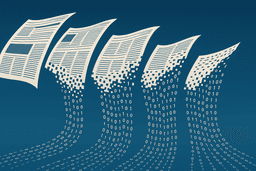
How niche media outlets survive in Ukraine
Collaborations with media abroad, content diversification, and offline events have become ways out of the crisis
The Fix Newsletter
Everything you need to know about European media market every week in your inbox
7 articles • 0 Followers








